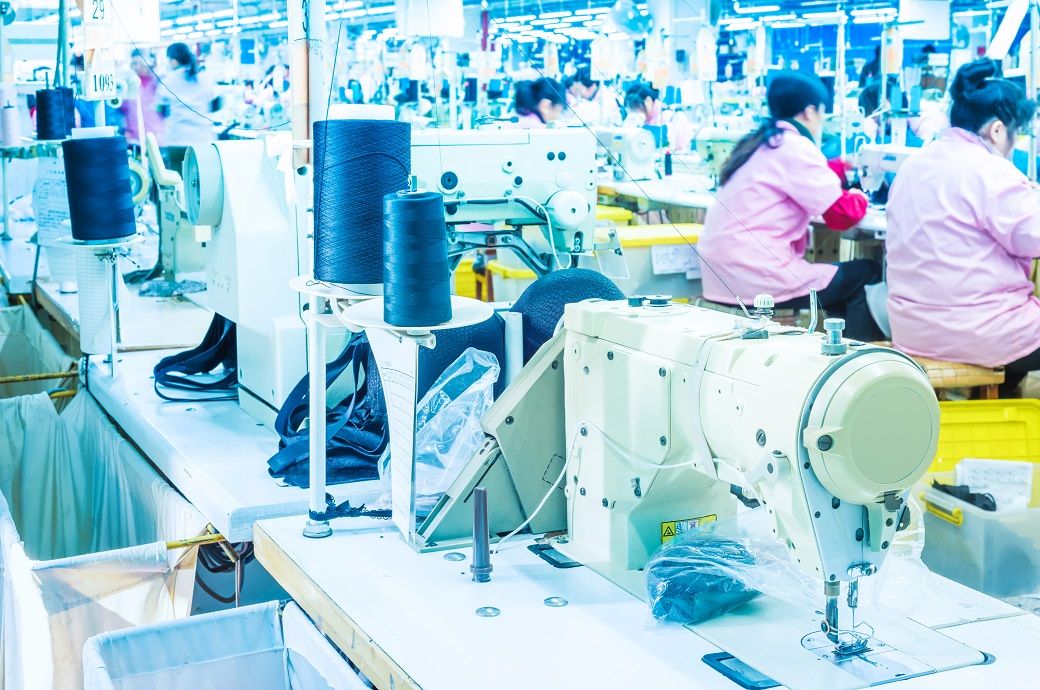
Margins in the sector are likely to contract by 200-300 basis points (bps) due to discounts or inability to fully pass on tariffs.
Moderation in credit metrics is envisaged for apparel and home textile exporters, ICRA said in a note.
The United States and European markets continue to be the major markets for Indian apparel exporters, accounting for 33-34 per cent and 31-32 per cent share respectively in FY25 and Q1 FY26.
Asian countries, namely Vietnam, China, Bangladesh, India, Indonesia, Cambodia and Pakistan, collectively represent 70 per cent of apparel imports by the United States.
The United States has been the topmost destination for apparel exports for India, accounting for a third of the share of total exports in 2024. In the home textiles segment as well, the country is a key market, accounting for 59 per cent share in 2024. In the cotton yarn segment, the US share in India’s exports is less than 1 per cent and will have a negligible impact.
While India was at a competitive position initially as the tariff actions were much steeper in other key competing nations like China, Bangladesh and Cambodia. But after the United States imposed a 50-per cent tariff on Indian apparel imports, Indian garments became significantly more expensive compared to those from other key competing nations, which face lesser tariffs.
While the recently concluded trade deal between India and the United Kingdom could lead to a shift in trade volumes to the UK market, ICRA expects a larger impact over the longer term as the validation process from customers usually consumes time.
At a broader level, entities have not yet experienced significant disruption, as orders are typically placed three to four months in advance and most exports are conducted on free-on-board (FOB) basis.
While a large portion of shipments was expedited before imposition of the additional tariffs, the impact is expected to be more pronounced in the second half (H2) of this fiscal as the tariff burden renders India less competitive.
Entities were largely able to pass on the initial 25 per cent tariff increase to customers, offering only minor discounts. However, full clarity on pricing implications following the additional 25 per cent penalty tariff is still awaited. ICRA anticipates margin contraction for textile manufacturers in H2 FY26.
Entities with diversified manufacturing facilities across other geographies (like Sri Lanka, Bangladesh, Vietnam, Africa, etc) are expected to redirect orders to these locations, thereby mitigating the impact.
Players in the sector also expect supportive measures from the government to help navigate the current challenges.
ALCHEMPro News Desk (DS)
Receive daily prices and market insights straight to your inbox. Subscribe to AlchemPro Weekly!